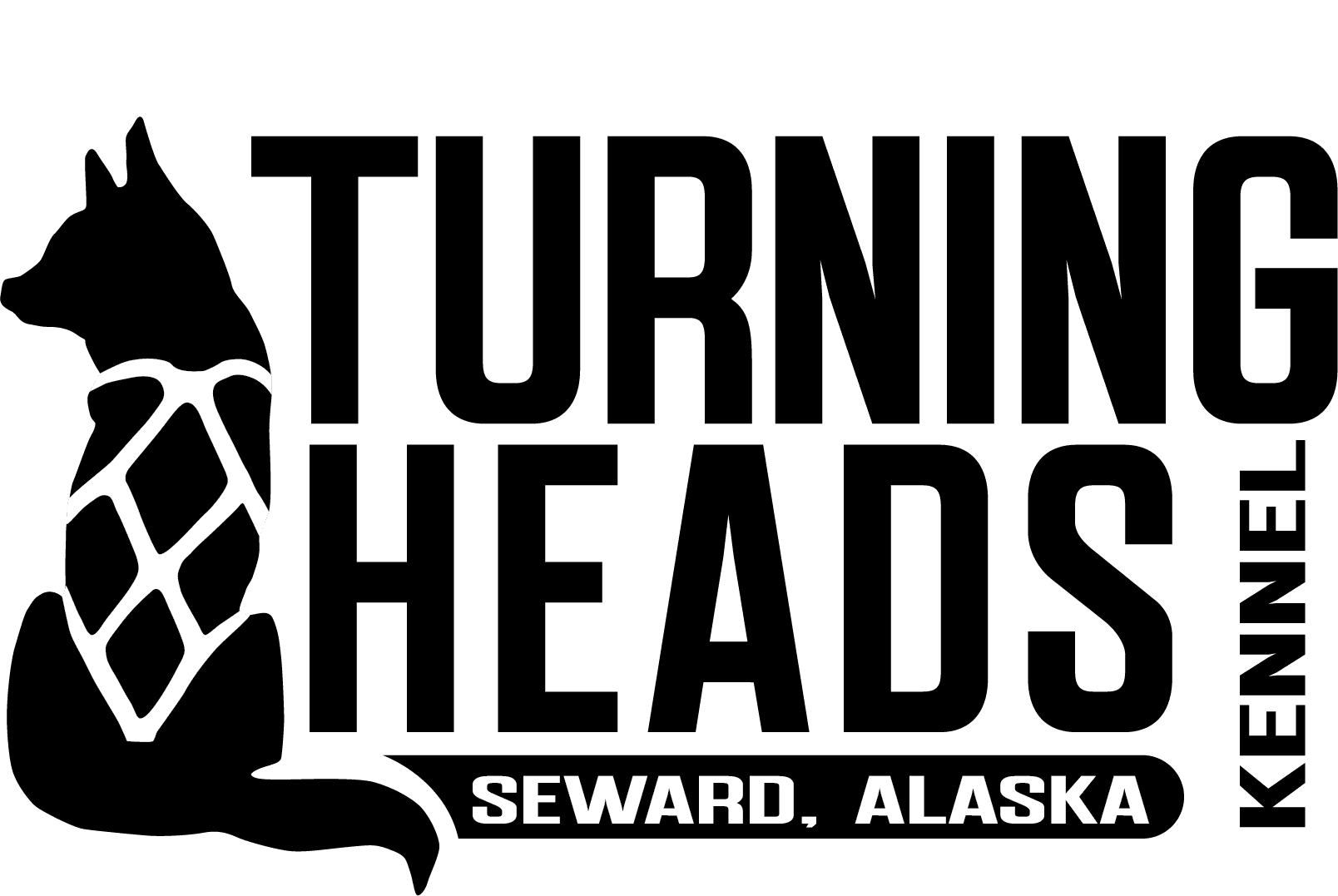It’s 8:00am on the first morning of Iditarod 42 and we are beginning to see different strategies once again emerge. I still haven’t been able to get my insider subscription to work so I’m currently relying on just the standings published by ITC at this time.
Martin Buser, Nicolas Petite, Mike Williams Jr. all currently sit in Rainy Pass this morning. I imagine they will rest here a few hours and then head out on the trail. It seems these mushers are doing an adaptation of Martin’s strategy last year of “rush to the front” but are choosing to add a little more rest.
Kelly Maxiner has currently pushed out of Rainy Pass and is en route to Rohn. He may opt to 24 there, once he gets there before trekking over “The Burn” but I imagine he will continue further along. Like Travis, Nick Petite, and Jeff King, Kelly Maxiner has a sled caboose (like Travis). It’s been reported that he has only been running 12 of his 16 dogs due to the hard fast conditions so even though he has rested little, his dogs have been getting rest.
The hard trail allows those traveling with dogs in their sled to maintain good, fast speeds despite having fewer dogs in the line. Petite, who probably has at least 1 or 2 dogs in his trailer was only a minute slower than Buser. Buser, who does not have a caboose, may have still had a dog in the sled – it just is a much tighter fit.
Unlike Petite, Buser, and Maxiner, Travis is running a more traditional schedule. We knew going into this race that the danger of this hard, fast trail would be that it is very tempting to go too fast and run too far. Combined with the warm weather, this can really sap a lot out of a dog team. But that energy drain, if it is seen, won’t be seen until several days into the race
Martin has definitely learned from last year. His team has performed consistently winning every mid-distance race they have been entered in. Translating that into an Iditarod win, however, presents its own unique challenges. Still Martin has the knowledge, skill, and talent as a dog man. I am not sure what to expect of him this year. His 17th place finish last year did not surprise me; I would be equally surprised if he hadn’t learned from it and refined his strategy.
Petite, who (I believe) only has 7 returning veterans from last years 6th place team, has had the consistent training. This guy was always out on the trail. Talking to Petite early in the season, he had a unique race strategy lined out for Iditarod 42. I’ll be interested to see how and if he chooses to execute it – but I wouldn’t be surprised. He likes to shake things up. He has one of the dogs we bred and raised, Levi, running on his team this year. His brother Wrangler, is running with Travis. Both are probably the youngest dogs on these mushers team, a nod to their talent.
So what is Travis doing?. He is taking his time, building up rest. This is going to be a trail that wears dogs down. The hard fast icy trail combined with the long stretches of snowless trail predicted later on in the race are going to be rough on teams. Wrist injuries will take lots of dogs out of the race. Taking extra rest now will pay off later. It is a tried and true method that has been proven year after year to yield good, reliable results…however only time will tell!



